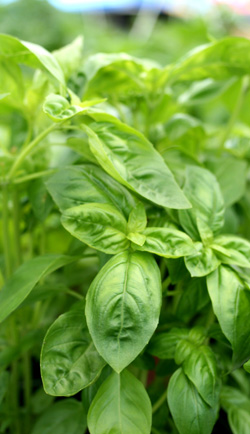 Herbs have been delighting cooks for centuries, but did you know that herbs are a dieter’s dream? They’re fat free, very low in calories, packed with flavor and also have other added health benefits. Learning to cook with herbs is so easy, with a snip of the scissor you can add them to your favorite meal. Here’s a basic guide on many of my favorites herbs to help add health to your meals with fresh flavor.
Herbs have been delighting cooks for centuries, but did you know that herbs are a dieter’s dream? They’re fat free, very low in calories, packed with flavor and also have other added health benefits. Learning to cook with herbs is so easy, with a snip of the scissor you can add them to your favorite meal. Here’s a basic guide on many of my favorites herbs to help add health to your meals with fresh flavor.
Basil
This is prized in Italian cooking for its affinity with tomatoes and mozzarella. But it can be also be used with fruits in place of mint, as a garnish in your cocktail or even to add flavor to sandwiches. Beside its amazing aroma and flavor, basil is packed with Vitamin K, crucial for blood clotting. Basil also has anti-inflammatory compounds that help to calm blood pressure and relax the nervous system.
Bay Leaf
Fresh bay leaf, which comes from the laurel shrub, can be found in most gourmet grocery stores. Use bay leaf to add earthy flavor to soups, stews, and some seafood dishes, but remember to remove it and discard before serving. Historically, bay leaf has been used by agent healers to calm arthritis and cure digestive problems.
Chervil
Chervil is an herb that is often used in French cooking, but is difficult to find in US markets. Its tiny, lacy leaves make it look like a miniature version of parsley or cilantro, however it has a much more delicate flavor and is almost always used raw. Like bay leaf, it has been used in traditional medicine to heal stomach upsets and ancient healers used it to ward off nightmares!
Chives
Part of the onion family, chefs choose this herb to add character and flavor to cream cheese, seafood dishes, soups, and sauces. Snip them with a scissor to add fresh flavor. You can even use its lavender-colored flowers as a pretty garnish. Chives are both high in vitamin A and C, and have a calming effect on the circulatory system.
Cilantro
Sometimes called fresh Coriander, cilantro is used prevalently in many international cuisines such as Mexican, Thai, and Indian. It has a very distinct flavor and strong floral aroma that is a challenge for some palates. I enjoy using cilantro fresh in recipes like my tomato cantaloupe salsa. Cilantro is high in phytochemicals, which means it has high levels of anti-oxidants. Cilantro also contains a compound that is being studied for its ability to fight food poisoning.
Dill
Dill, sometimes called “dill weed”, is a staple in Eastern European dishes including salads, soups, and pickles. Sour cream and dill make a cool pair, but dill can also be used for curing your own salmon. In ancient times, dill was used as a tonic to calm stomach upsets like many herbs.
Lavender
Part of the mint family, lavender is a popular herb used in the perfume industry. It also makes a delicious, aromatic addition to sweet dishes like creme brulee and savory fare like roast chicken and pork roast.
Tarragon
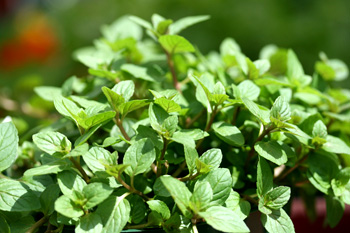 Tarragon has hints of black licorice and is another herb that is often used in traditional French cooking. Perfect in eggs, with crepes, beef, and even in chicken salad , tarragon was once more than just a seasoning and was believed to heal reptile bites! Perhaps sprinkling tarragon in your salad won’t heal a snake bite, but it can give you a small dose of antifungal and antibacterial compounds.
Tarragon has hints of black licorice and is another herb that is often used in traditional French cooking. Perfect in eggs, with crepes, beef, and even in chicken salad , tarragon was once more than just a seasoning and was believed to heal reptile bites! Perhaps sprinkling tarragon in your salad won’t heal a snake bite, but it can give you a small dose of antifungal and antibacterial compounds.
Thyme
Thyme perks up stews, soups, braised meats, and is a great match with plain white rice. Try adding some chopped thyme next time you saute your favorite mushrooms or to your breading mixture next time you are coating chicken or pork. Like tarragon, thyme has mild antibacterial properties which makes it a good addition to marinades with raw meat.
Mint
Mint has a refreshing taste that almost everyone likes. It goes well with savories and sweets alike – fruit, frozen yogurt, chocolate pudding, lamb, peas, cucumbers and tea – just to name a few. Mint is well known as a breath freshener as well as a stomach tonic when brewed as a tea.
Rosemary
Rosemary is a highly versatile herb that can be used with almost any dish, from chicken and fish, to pork, lamb, and beef as well as vegetables. Rosemary has a very rich history and is revered in many ancient cultures from Greece to Egypt for its antibacterial and antioxidant properties. Compounds found in rosemary have been studied as a potential preservative for packaged meat, a balm to heal skin ailments and has even been studied for its ability to kill cancer cells.
Tips
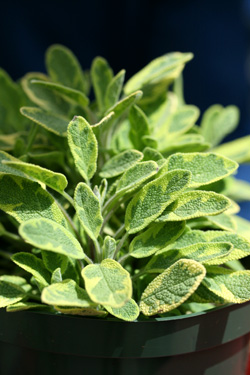 Storing Herbs: Most fresh herbs will last one week and with some herbs even one month if they are well stored. Wrap them in a paper towel and store, refrigerated in an zipper lock bag.
Storing Herbs: Most fresh herbs will last one week and with some herbs even one month if they are well stored. Wrap them in a paper towel and store, refrigerated in an zipper lock bag.- Substituting Dried for Fresh: There is no exact formula, but the general rule of thumb is to use half the amount of dried herbs for recipes that call for fresh amounts. Keep in mind, though, that fresh herbs are more nutritious and in most cases far tastier.
- Washing Herbs: Only wash your herbs when you are ready to use them. This will extend their fridge life. Rinse the herbs under cold water and pat dry before using.
- To Freeze or Not to Freeze: Despite what you may think, you can freeze many fresh herbs. Herbs with high water content, such as basil, tarragon, mint and chives all keep well in the freezer for several months. They won’t retain their shape and color, but they will retain their flavor. However you can find fresh herbs, especially parsley, cilantro, and mint, all year round in your local grocery store.
Related Posts
- Read about fresh lavender from the farmer’s market.
- Try my homemade remedy made with lavender that soothes bug bites
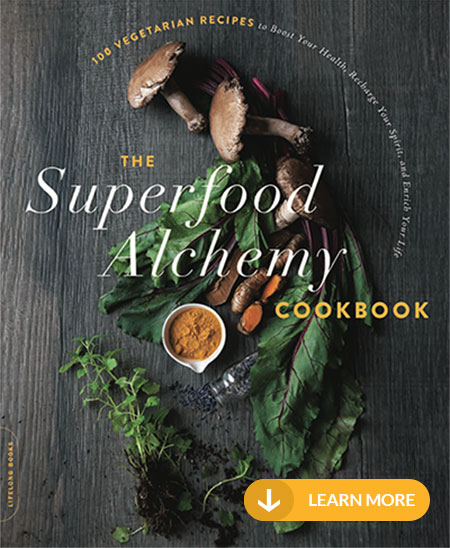

 Are you ready to look better, feel more energized, and get back that youthful feeling you remember having as a kid? I can help you on a journey that will change the way you eat — for good. My
Are you ready to look better, feel more energized, and get back that youthful feeling you remember having as a kid? I can help you on a journey that will change the way you eat — for good. My 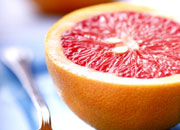














 As a healthy cooking expert, health coach and TV host,
As a healthy cooking expert, health coach and TV host, 



Speak Your Mind